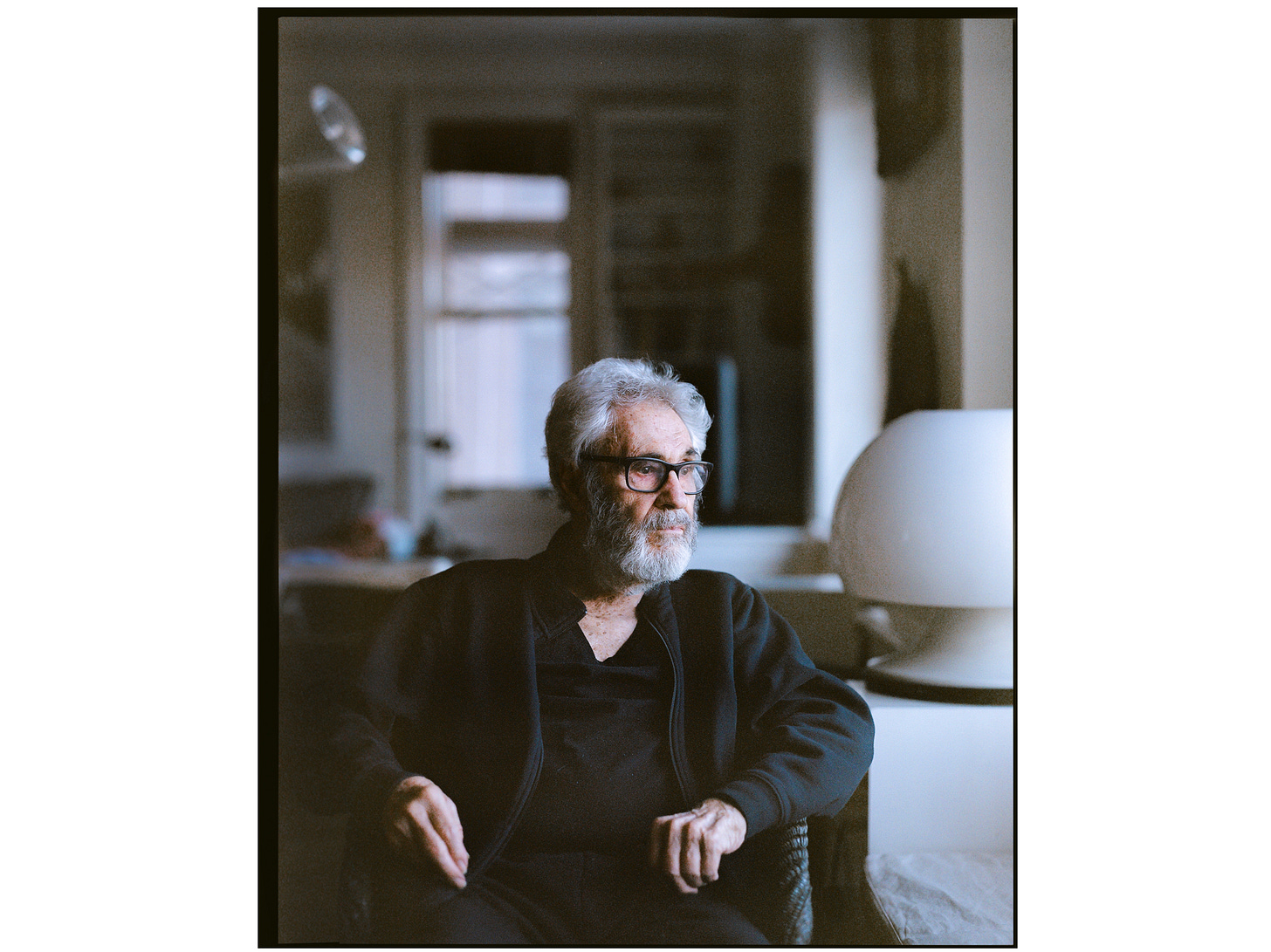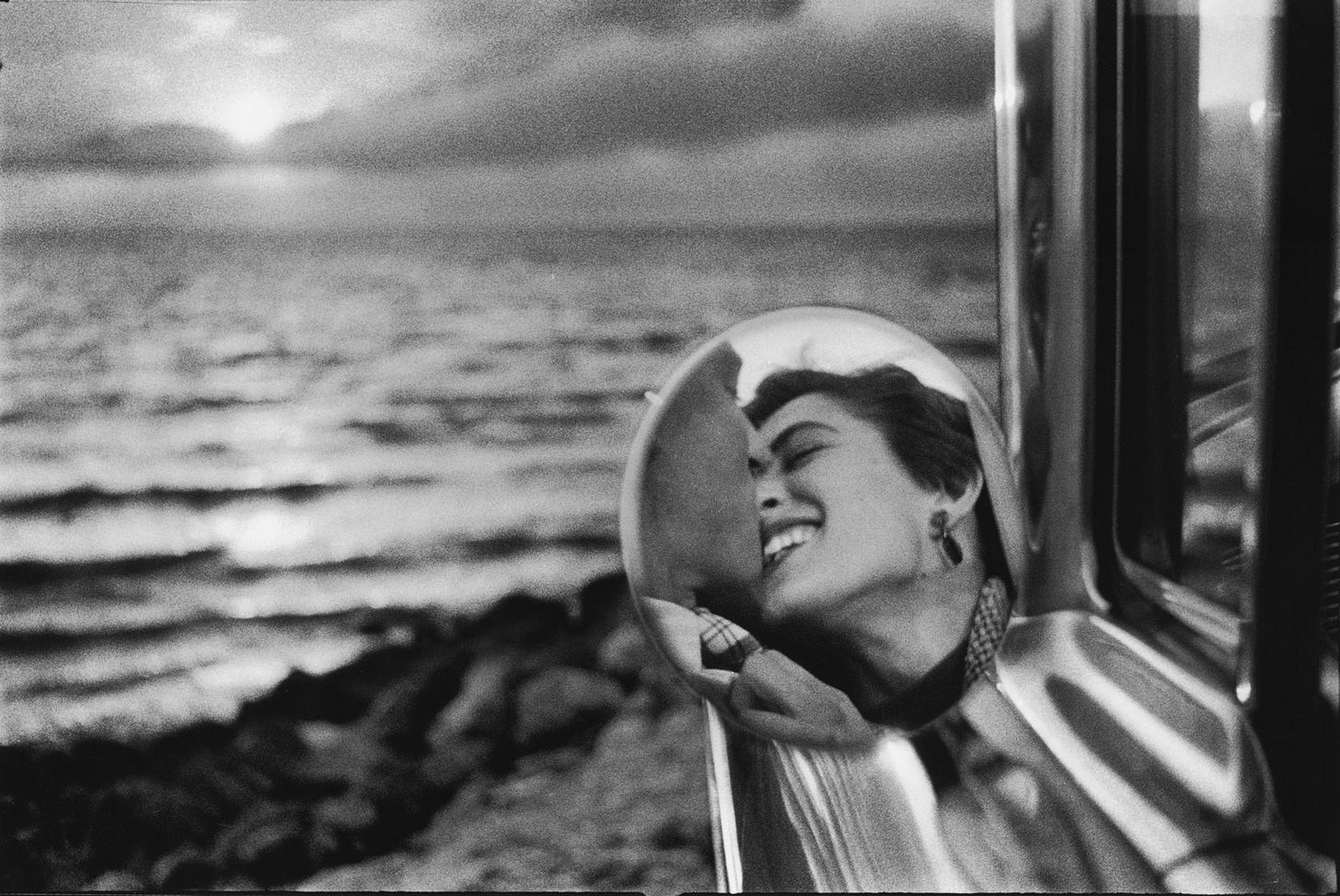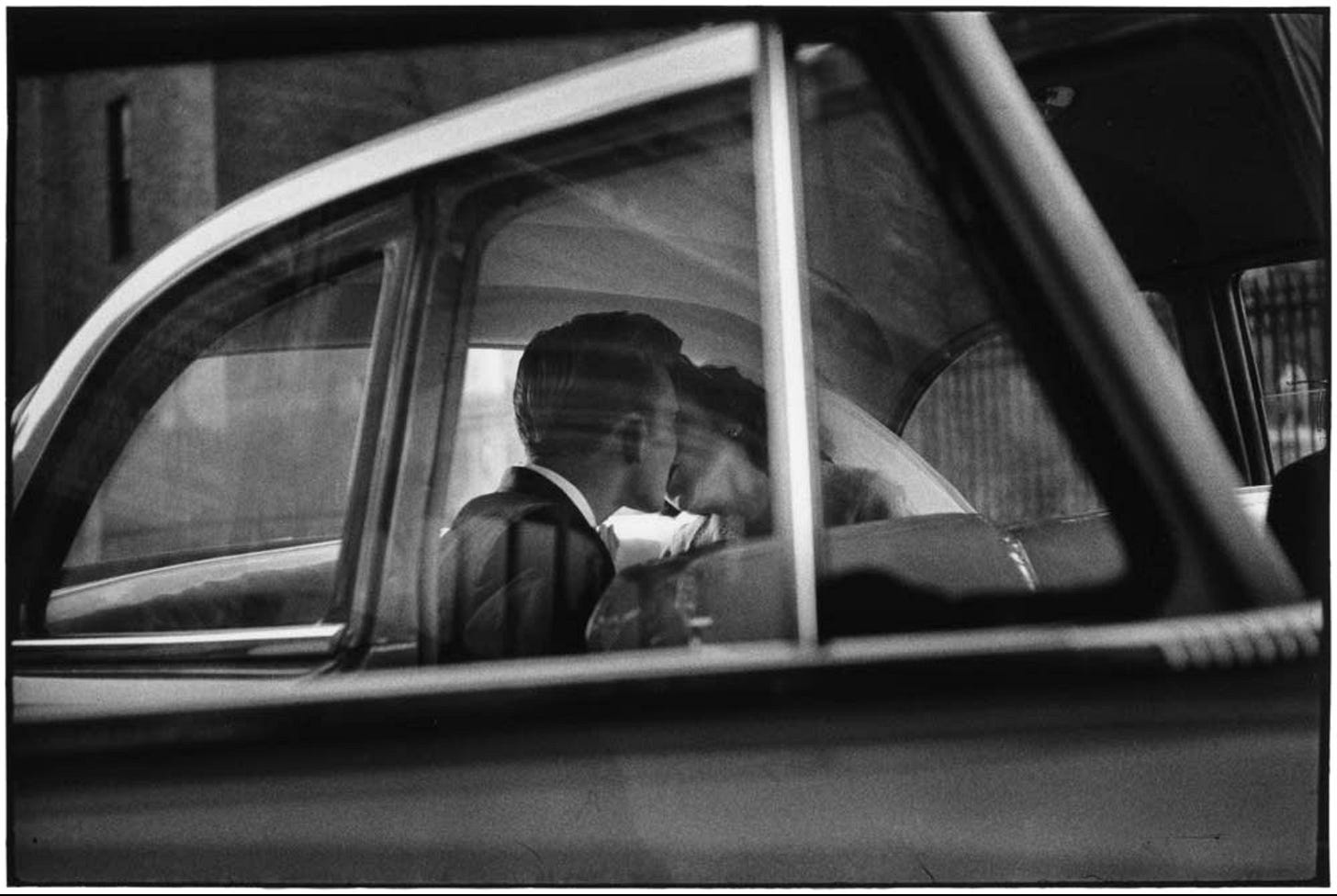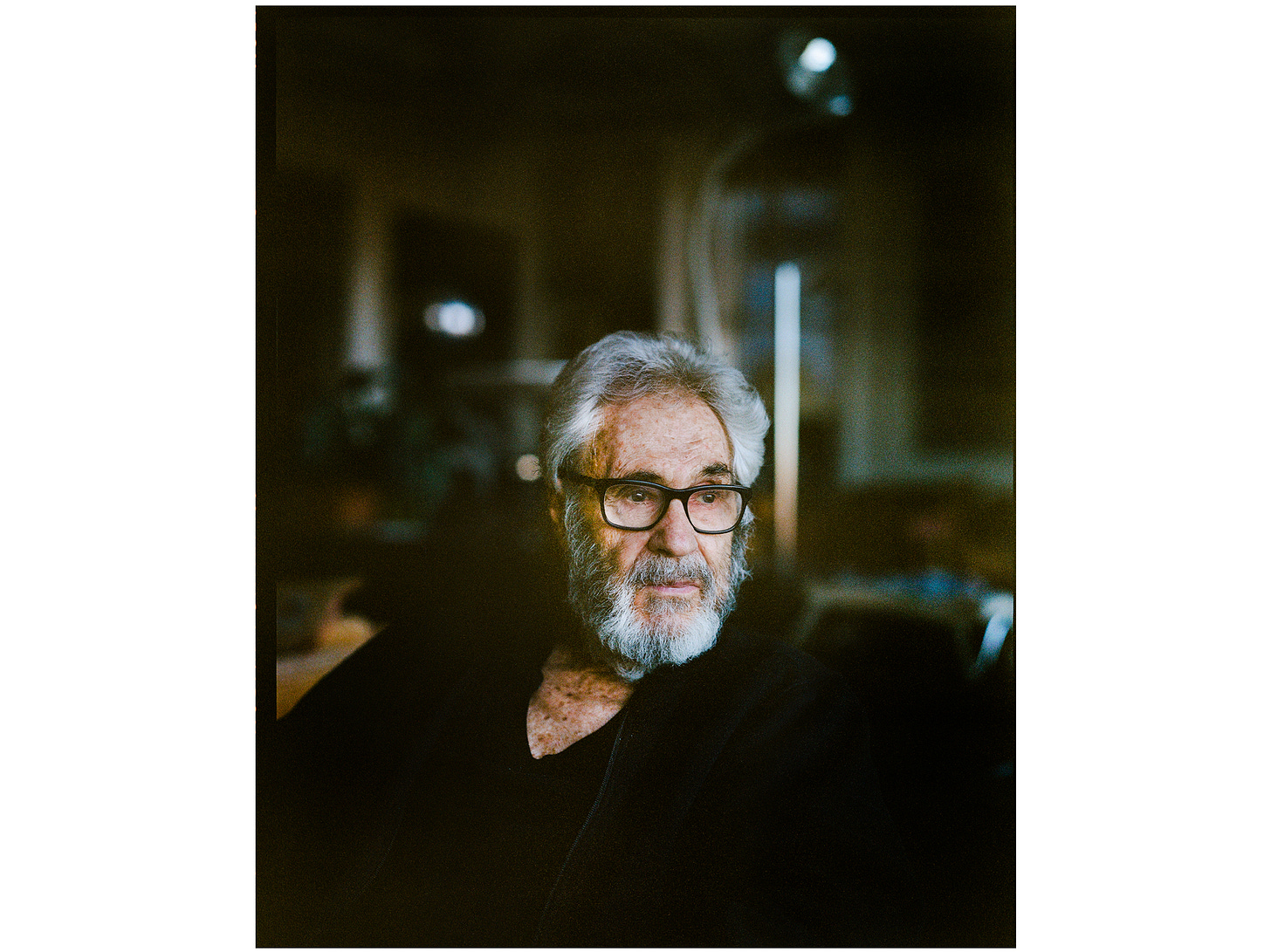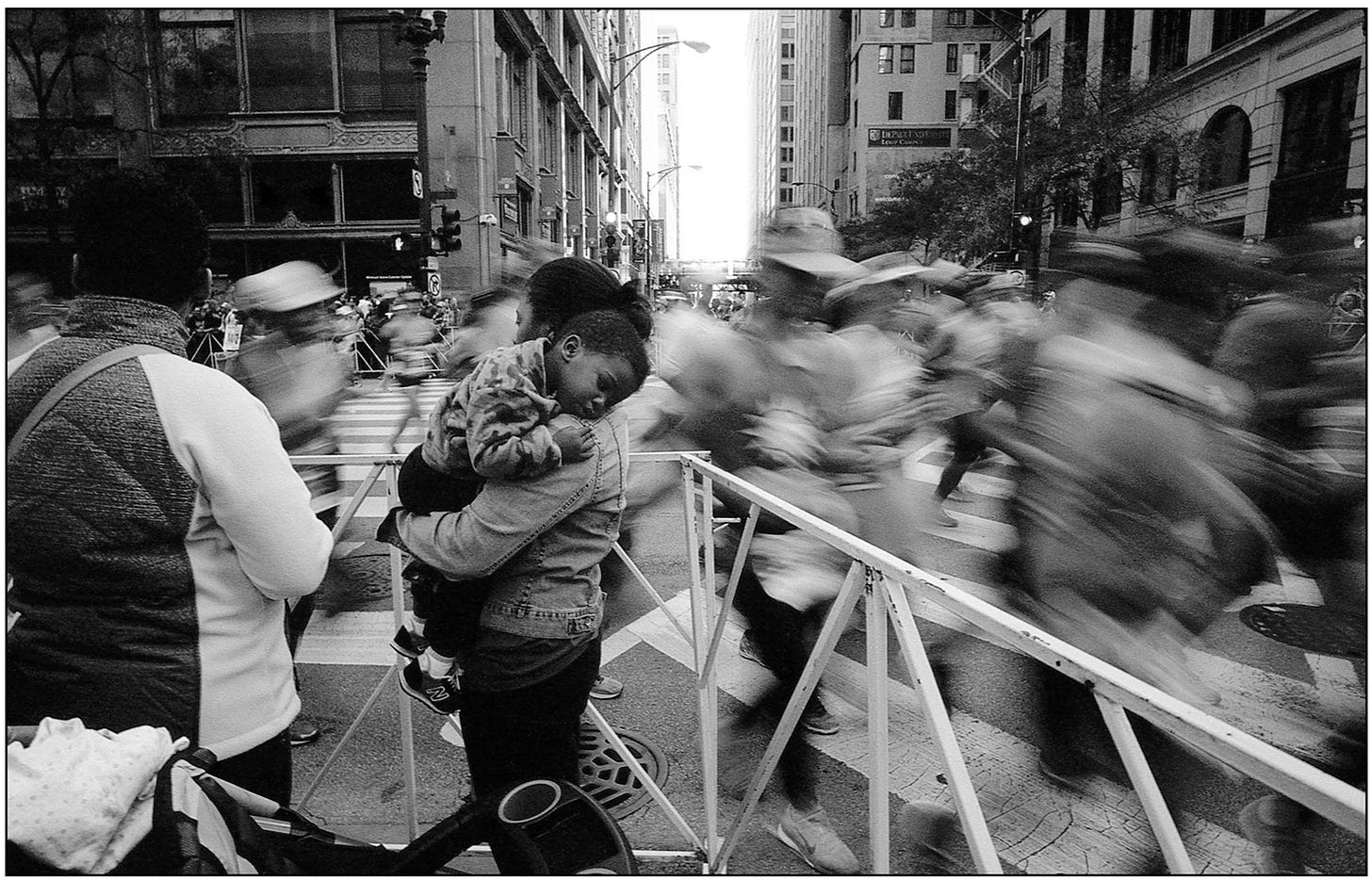Dear friends,
It’s Thanksgiving week in the US. While many of you live in other beautiful countries, I want to extend the sentiment of gratitude across the globe and say thank you for being a Process reader. I am thankful for you, your trust, and your support.
Today we’re talking about Elliott Erwitt who is one of my greatest inspirations.
For this week’s giveaway we have a gorgeous print by Dominykas Jasinauskas.
A little housekeeping: if you have a @gmx.de address you may have experienced trouble receiving Process in the last few weeks. I’m working on resolving this issue but in the mean time it may be best to subscribe with another email address if possible.
About Elliott Erwitt
Elliott Erwitt (1928) is a French-born American photographer and a long-standing member of Magnum Photos. Through his work and his words, Mr. Erwitt has made a enormous impact on the way I think about photography and approach my work.
In December of 2018 I was fortunate to visit Mr. Erwitt at his home in New York City where I interviewed him about his favorite photo books for The Observers.
Afterwards I was given the opportunity to take his portrait, which was one of the highlights of my life as a photographer and a New Yorker. Below is my favorite shot of the day, taken on my Pentax 67ii with a 105mm lens on Kodak Portra 400 rated at 200.
Mr. Erwitt continues to inspire me in many ways, a few of which I describe below.
He Can Tell A Full Story In A Single Image
This is one of my favorite images of all time. We can see an entire movie’s worth of story in just one photograph. Ever time I look at this photo it inspires me to think beyond aesthetics and style, and shoot in a more narrative way that tells a story.
He Is A Master Cropper
I am a big fan of cropping as a tool to improve and refine an image. This is a bit of a hot-button topic as some photographers see cropping as cheating because we should get it exactly right in camera. While I agree that this would be ideal, as far as I’m concerned anything goes as long as it make the image tell the story better.
Some photographers use cropping as a tool to clean up or slightly tweak an image, but Mr. Erwitt has the ability crop in a way that completely re-composes and changes the feeling of an image. Below is an example of a masterful Erwitt crop:
Who could possibly look at this image and not start smiling? It’s filled with humor and curiosity. Now look below at third photo in the top row of the original contact sheet.
As you can see, the original image contains much more information. It was already a great shot but by re-composing Mr. Erwitt increased the impact on the viewer. It hits much harder and the humorous feeling is now impossible to miss.
In Mr. Erwitt’s words:
There are two compositions. There’s the composition framed by the viewfinder and there’s the composition in the picture. The second one can be there even if the first one is badly organized. So I’m not against cropping when it’s really necessary. Some people have a fetish about it, but it’s not immoral to crop.
He Doesn’t Take Himself Too Seriously
Aside from his work, I am inspired by Mr. Erwitt’s attitude towards photography. He doesn’t take himself too seriously nor does he provide any grand intellectual analysis of photography as a craft. He keeps things simple.
It’s all too easy to get precious and overly serious about photography, but the more we get in our head the less we go outside to create and experiment freely.
In Mr. Erwitt’s words:
When I get up in the morning I brush my teeth and go about my business, and if I am going anywhere interesting I take my camera along.
Photography is really quite simple, it isn’t rocket science. It’s just reacting to what you see, and putting it into a frame. And that’s about it.
On analyzing photography:
When photography is good, it’s pretty interesting, and when it is very good, it is irrational and even magical. Nothing to do with the photographer’s conscious will or desire. When the photograph happens, it comes easily, as a gift that should not be questioned or analyzed.
On art criticism:
I certainly don’t use those funny words museum people and art critics like. Things should be left open to interpretation. If you can take it apart, maybe it doesn’t mean anything.
His Visual Sense of Humor
Mr. Erwitt has been called “a master of the visual pun”. Some of his most unique photos are of mundane moments where he spots something funny or ironic that might have only existed for that fraction of a second. By clicking his shutter just then, captured the humor that no one else might have noticed in the moment.
Below we see a woman attending a political event for Jimmy Carter, a peanut farmer who became a US president. Mr. Erwitt noticed the similarity in smiles between the woman and the peanut billboard. He waited for just the right moment to grab a perfect composition to highlight a humorous moment in an otherwise hectic environment.
In his own words:
Making people laugh is one of the highest achievements you can have. And when you can make someone laugh or cry, alternately, as Chaplin does, now that’s the highest of all possible achievements; I don’t know that I aim for it, but I recognize it as the supreme goal.
He Sees Things Differently Even Without A Camera
Below is an excerpt from my conversation with Mr. Erwitt for The Observers. It inspires me to always look for moments that make for a great photograph, even when I don’t have my camera on me. (Bolded questions by me, answers by Mr. Erwitt.)
With all the humans and places that you've photographed, have you learned anything about the human condition? Anything that's universal throughout?
Photography has changed a lot of things, in seeing things the way other people don't see them. And I think that's what photography is about—seeing something that somebody else doesn't see. Organizing it. And displaying it.
Photography is an amazing thing. You can have a high school dropout be in the most unique situation somewhere, and the fact that you're not an educated person or that you're a visual person, allows you to communicate feelings, information. If they know how, I mean. I think it's a gift—to see things the way other people don't see them.
Do you think that the camera is necessary for that? Or would you see certain things even without a camera?
Oh, the best pictures I've ever taken are the ones without a camera.
One more portrait that I took of Mr. Erwitt before we wrap up.
I hope this letter inspires you to do a deep dive into Mr. Erwitt’s career. He has many books worth picking up including “Dogs”, Pittsburgh 1950, and Personal Exposures.
Make sure to check out Mr. Erwitt’s website and follow him on Instagram.
On a personal note, tomorrow is my birthday! If you’d like to give me a small gift go check out the Process archives, pick your favorite issue, and send it to a creative friend who would enjoy it. Let’s keep growing our Process community. Thank you!
Be well, keep shooting!
Wesley
Process Giveaway!
Chicago’s very own Dominykas Jasinauskas has made available this gorgeous print.
To enter email me at hello@wesley.co (please don’t reply to this note but send a separate email) before 11pm EST on December 3rd and answer the following question:
What has photography given you that you are thankful for?
My answer: my camera is a passport that allows me to travel into worlds that are not my own, to document stories, and help people feel seen. Photography is also an endless learning opportunity.
One winner will be randomly drawn and notified via email. This giveaway is for Process subscribers only. Subscribe below by clicking this button:
Would you like to support Process? Great! Tell your friends about it. Just click below:
If you’re a new reader, browse the Process archives here.
Process is a weekly letter from Wesley Verhoeve.
Follow along at @wesley.
Sources used: The Observers, Personal Best, Fotografiska, Magnum, About Photography
This issue contains Amazon affiliate links and I earn a small percentage from purchases.



